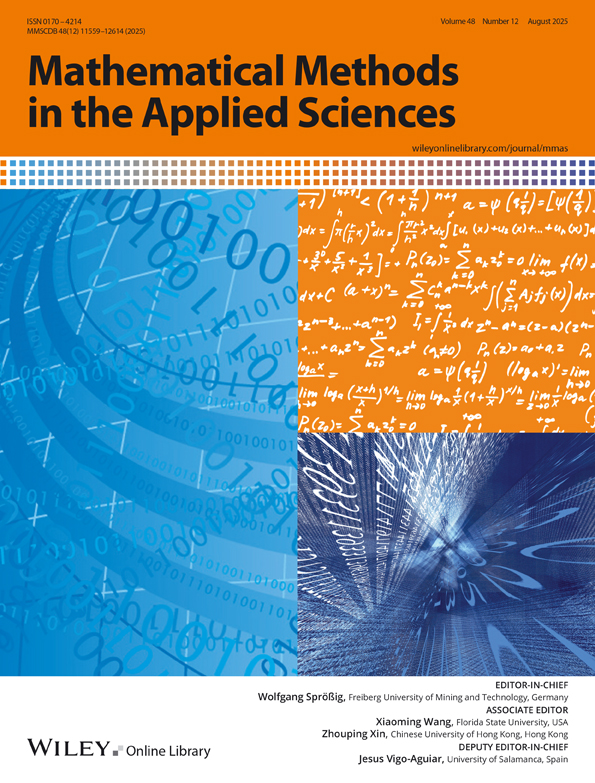A Class of Nonlinear Space–Time Fractional Kirchhoff-Type Diffusion Equations With Delay
Funding: This work was supported by the National Natural Science Foundation of China (11471015 and 12301185), the Natural Science Research Projects of Higher Education Institutions in Anhui Province (2024AH050080), the Postdoctoral Scientific Research Project for Anhui Jianzhu University (2024QDHZ04), and the China Postdoctoral Science Foundation-Anhui Joint Support Program (2024T006AH).
ABSTRACT
In this paper, we study a class of nonlinear space–time fractional Kirchhoff-type diffusion equations when the external force contains hereditary characteristics involving bounded and unbounded delays. Firstly, the well-posedness of the problem is analyzed in phase space by using the Galerkin method and energy estimations. Furthermore, based on a corollary of the Brouwer fixed point theorem, the existence and uniqueness of the stationary solution of the problem are established. In addition, we also discuss the stability of the unique stationary solution.
Conflicts of Interest
The authors declare no conflicts of interest.
Open Research
Data Availability Statement
Data sharing is not applicable to this article as no datasets were generated or analyzed during the current study.




